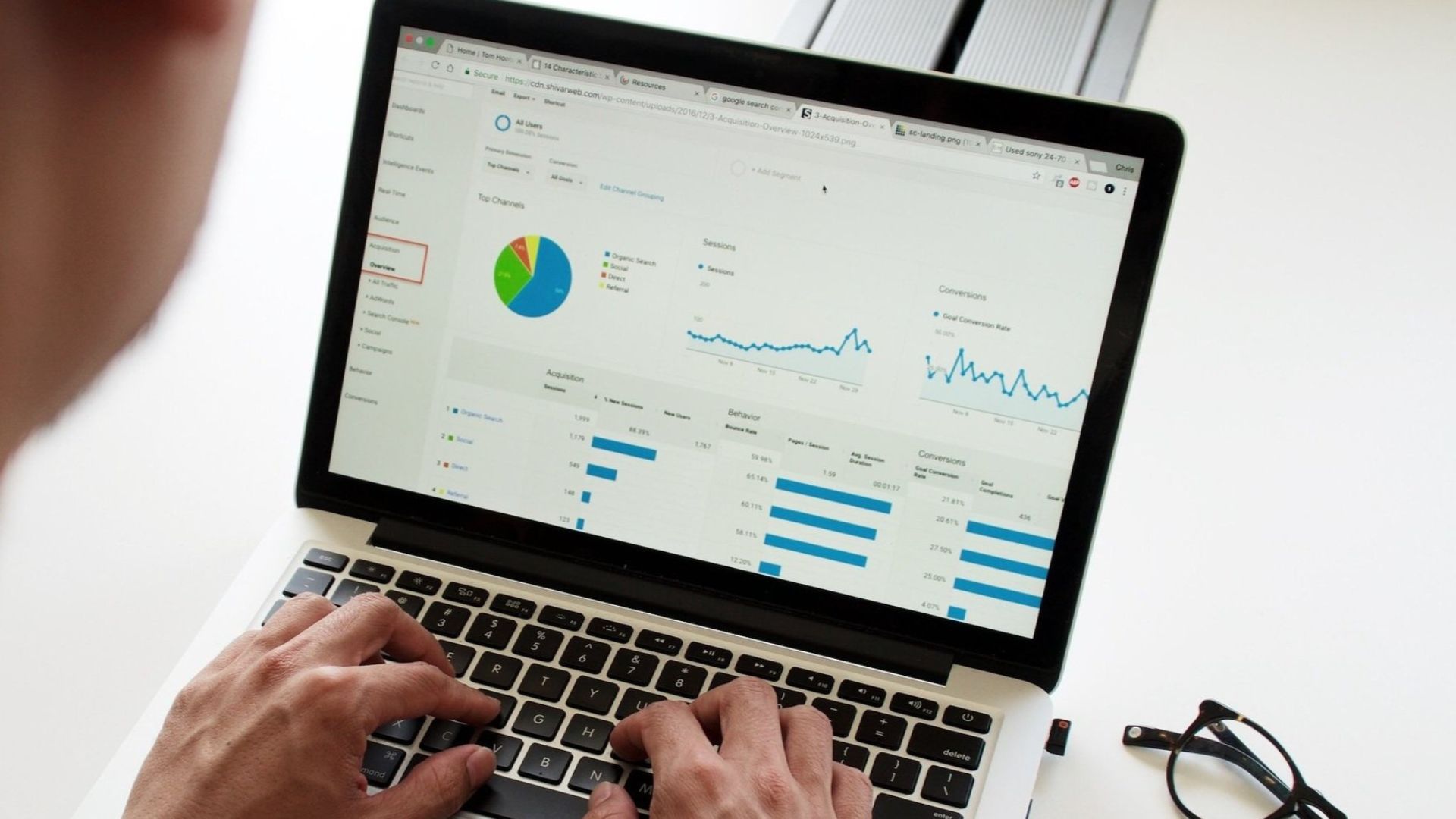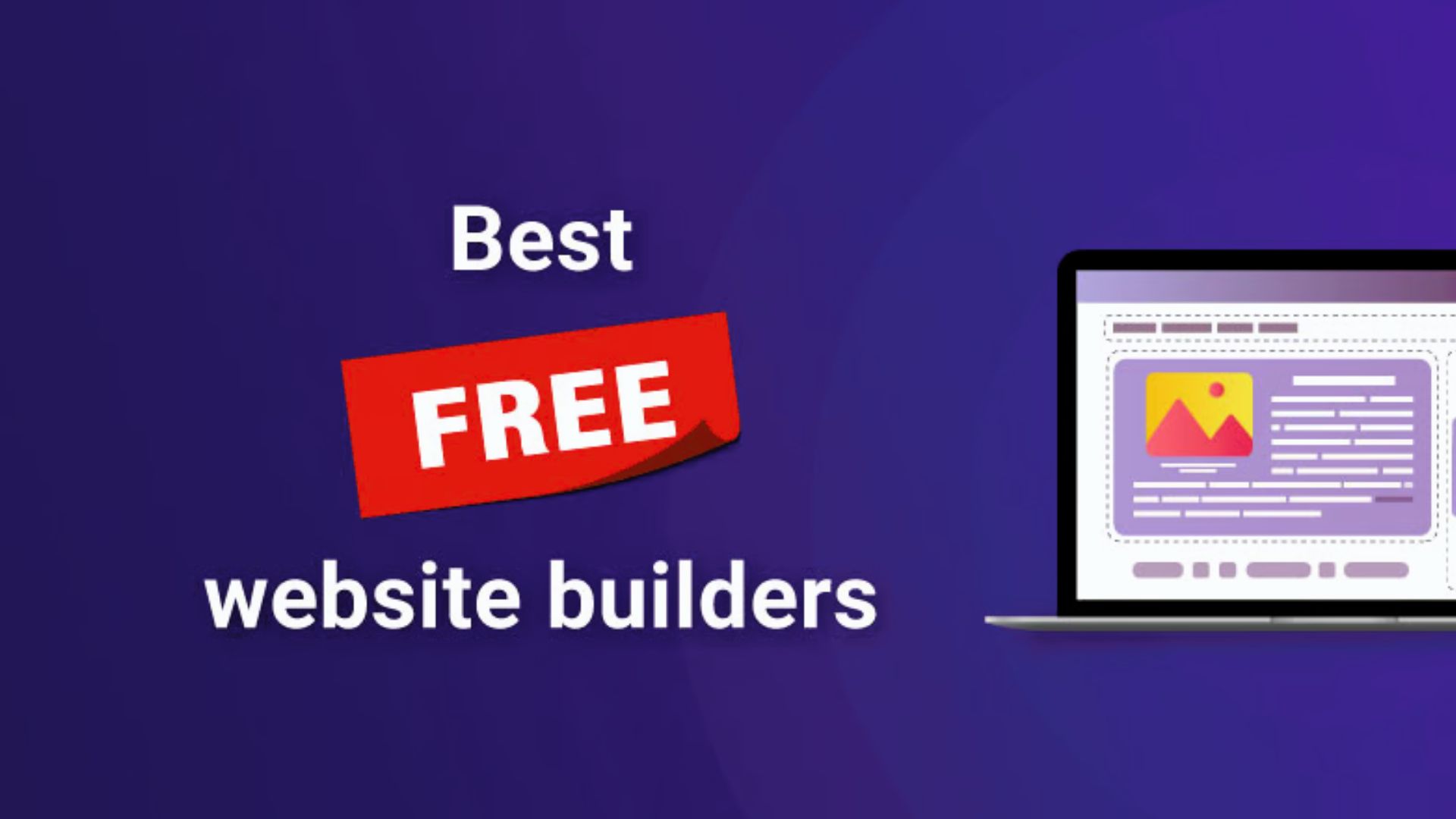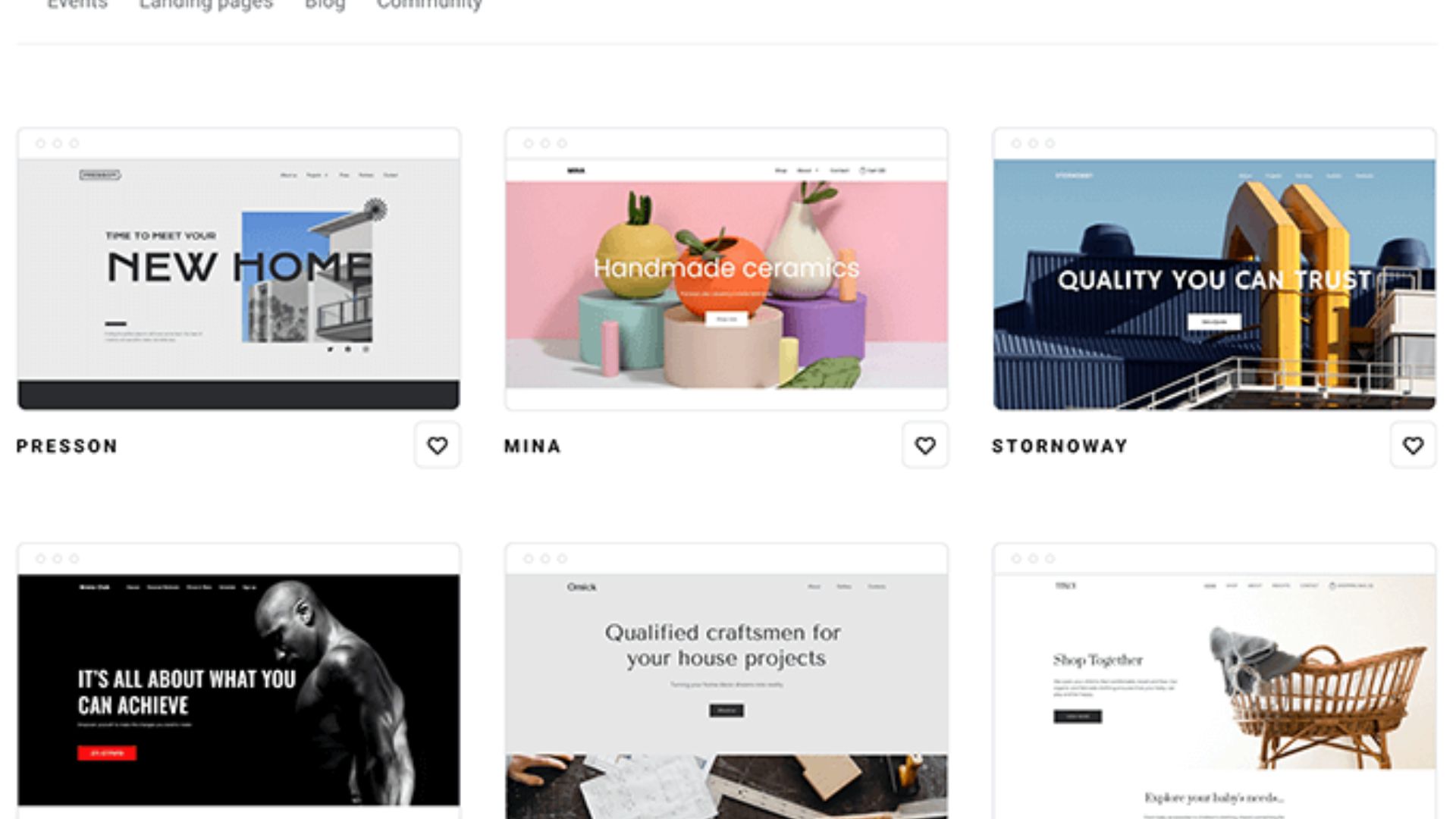Predictive analytics has had a significant impact on web design and personalization, revolutionizing the way websites are tailored to user preferences and behaviors. Here are some key ways in which predictive analytics has influenced web design and personalization:
- User Behavior Analysis: Predictive analytics allows websites to analyze user behavior data, such as browsing patterns, click-through rates, and previous interactions. This data is then used to predict and anticipate user preferences, needs, and behavior, enabling personalized experiences based on individual interests.
- Dynamic Content Generation: With predictive analytics, websites can dynamically generate and display content in real-time based on user preferences. By analyzing data such as search history, purchase patterns, or social media interactions, websites can customize content suggestions and recommendations, ensuring users are presented with highly relevant and engaging information.
- Improved User Experience: Predictive analytics helps improve the user experience by tailoring websites to individual preferences. By delivering personalized recommendations, personalized navigation menus, or customized product offerings, websites can create a more user-centric experience that increases satisfaction, engagement, and conversions.
- Conversion Optimization: By analyzing user data and patterns, predictive analytics can identify potential barriers to conversion and suggest appropriate interventions. This may include personalized offers, targeted messaging, or optimized call-to-action placement, ultimately increasing the chances of converting visitors into customers.
- Customer Segmentation: Predictive analytics allows for better segmentation of customers based on their characteristics, preferences, or behavior. Websites can create targeted experiences for different user segments, delivering tailored messaging, promotions, and content that resonate with specific audience groups.
- Personalized Recommendations: Predictive analytics enables websites to provide personalized recommendations based on user data and behavioral patterns. By analyzing similarities between users, websites can suggest products, services, or content that align with the interests and preferences of a specific individual.
- Data-Driven Design Decisions: Predictive analytics helps inform web design decisions by providing insights into user preferences and behaviors. Design choices such as layout, color schemes, or typography can be optimized based on data analysis, ensuring the design resonates with the target audience and encourages desired actions.
- Continuous Optimization: Predictive analytics facilitates continuous optimization of websites by analyzing real-time data and making adjustments based on changing user preferences and behaviors. Websites can identify trends, test hypotheses, and refine their personalization strategies to deliver increasingly relevant and engaging experiences.
In summary, predictive analytics has had a transformative impact on web design and personalization. It enables websites to leverage user data to analyze behavior, generate dynamic content, and provide personalized experiences. By tailoring websites to individual preferences and predicting user needs, predictive analytics helps create more engaging, user-centric, and conversion-oriented online experiences.










